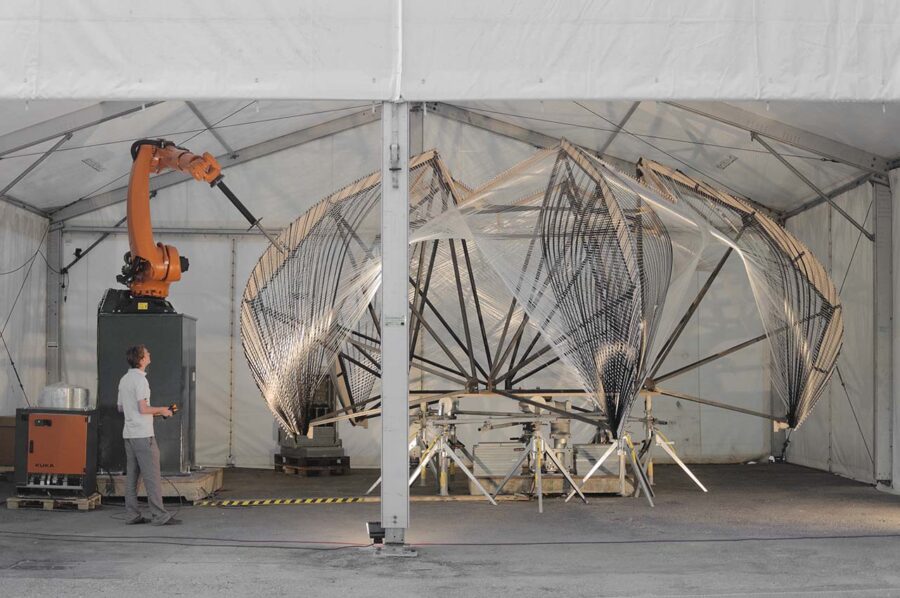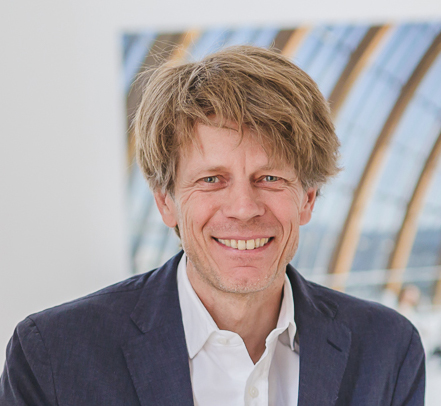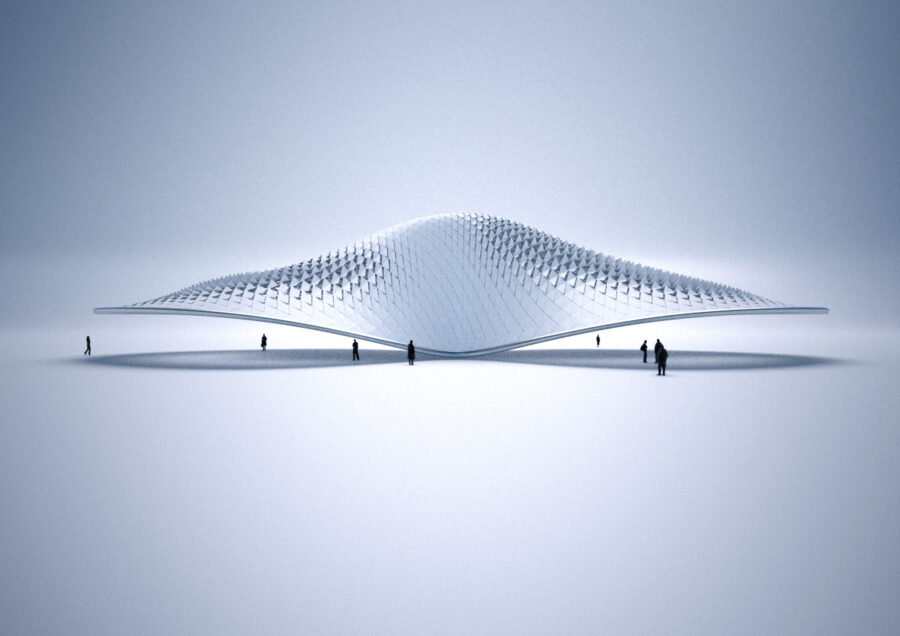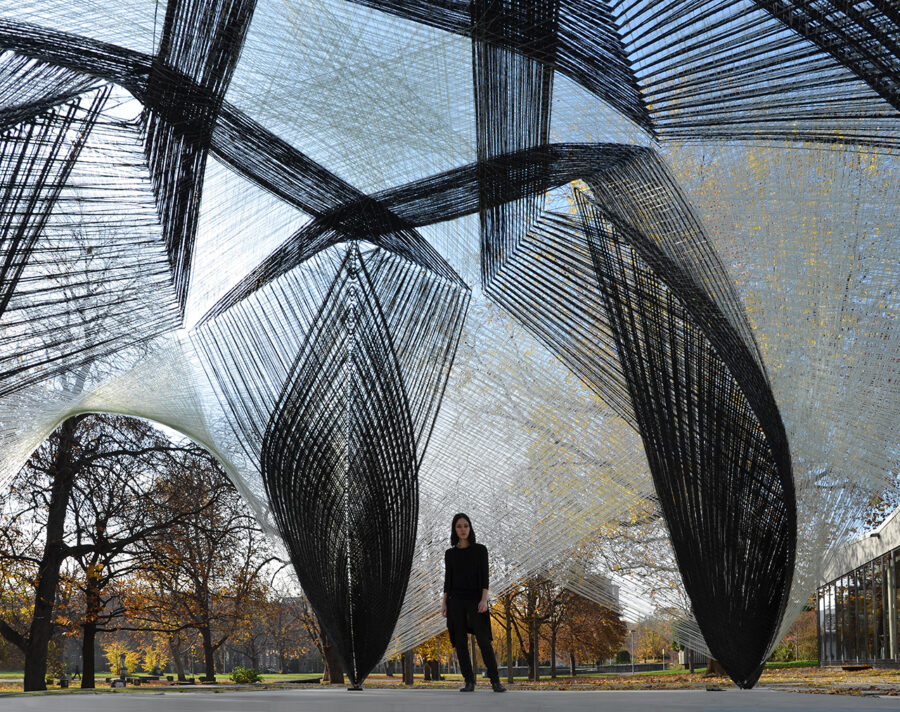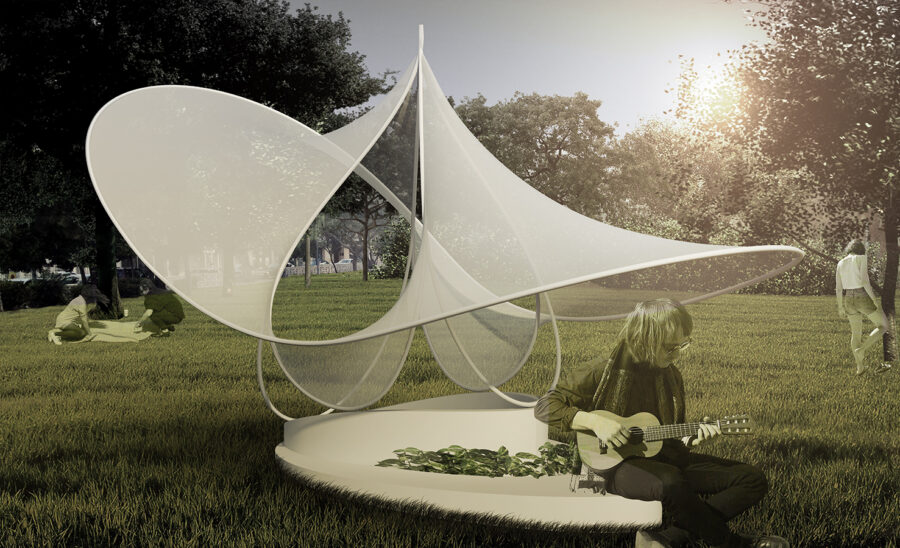itke
CategoryINTRODUCTION TO CORELESS FILAMENT WINDING
ESR08- Virtual Prototyping FRP
AUTHOR: JAMES SOLLY
There are a multitude of forming processes available for the fabrication of Fibre-Reinforced Polymer (FRP) components, from simple hand lay-ups to heavily automated industrial processes.
“Coreless Filament Winding” is a variation on typing...
Jan Knippers
Jan Knippers specialises in complex parametrical generated structures for roofs and façades, as well as the use of innovative materials such as glass-fibre reinforced polymers.
ESR12- MATERIAL GRADIENT FRP
Current practices emphasise the stiffness of material to ensure structural performance. Building systems such as louvers or other adjustable shading systems and employ mechanical means to activate change.
ESR08- VIRTUAL PROTOTYPING FRP
Current practice uses digital fabrication technologies to optimise standardised fabrication processes. Often accompanied by trial-and-error approaches, the limits of digital fabrication methods are quickly reached without a thorough understanding of the strength and limits of the forming processes and the materials.
Concept of Isogeometric Analysis – ESR1
Isogeometric Analysis (IGA) is an emerging technology driven by the present gap between the simulation of structural analysis (FEA) and design software (CAD). IGA is a promising new topic in computational mechanics and was first introduced in 2005 by Thomas J. R. Hughes.
ESR01- MULTIPLE STATES OF EQUILIBRIUM FOR BENDING-ACTIVE (TENSILE) STRUCTURES
Bending-active tensile (BAT) structures introduce a recently new integrative solution into the field of lightweight architecture. This combination of bending-active elements with a tensile element generates challenges for designers due to the complexity in the necessary integrated form-finding and analysis simulations combined with the reciprocal equilibrium, as well as the high level of detail required in fabrication and erection of these form-active structures. These BAT structures remain a challenge, but current developments in CAD and CAE allow designers to engage in that complexity and generate new architectural and structural possibilities in simulating and generating geometry. The research aims to develop an integrated process interface from design to analysis for BAT structures and to explore its potential for architectural design culture.

